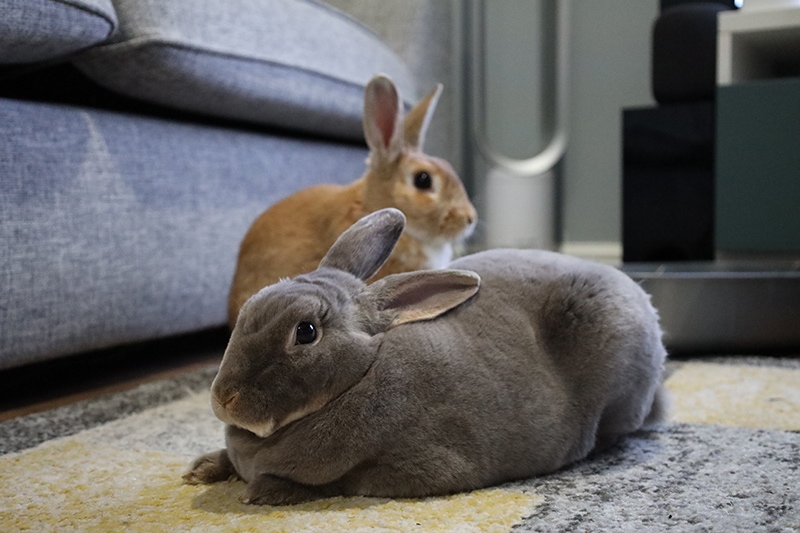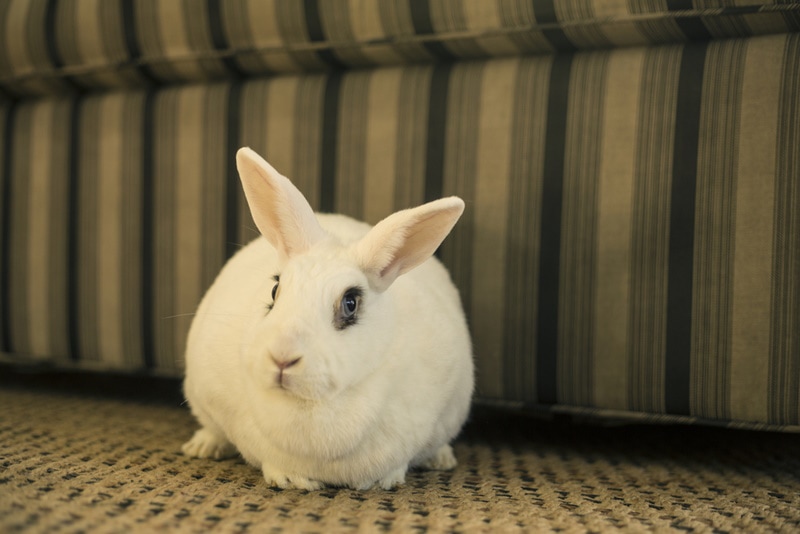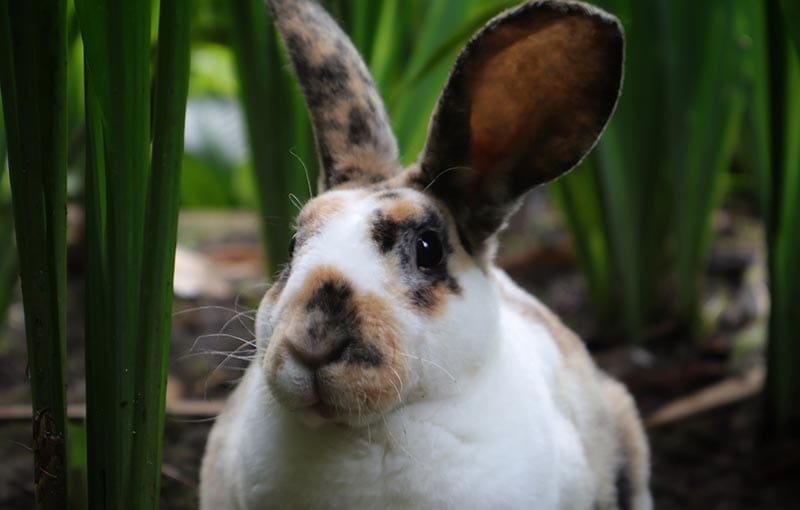How Much Does Rabbit Abscess Treatment Cost? 2024 Update
Updated on
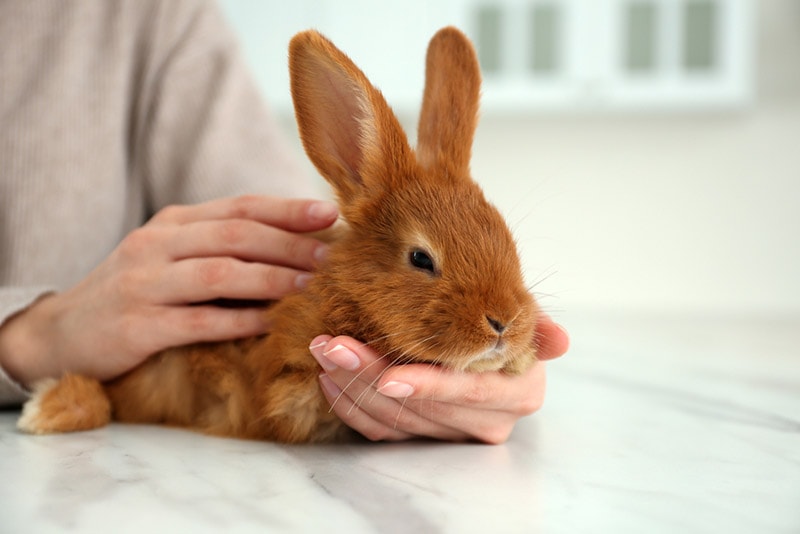
Rabbits that develop bacterial infections are susceptible to develop an abscess, which is a collection of pus within an area of inflamed tissue. The pus in rabbits has a thick consistency resembling toothpaste, and it contains cells that fight off infections, dead tissue, and germs. Abscesses are not limited to the mouth. They can develop in any part of the body, including the organs and bones.
The treatment of abscesses can be tricky because the puss of a rabbit abscess is thicker and does not “loosen up” as easily as that in a cat, dog, or even a human. Many times, the abscesses come back due to their location or inability to completely clean the abscessed tissue out of the body. So, how much does the treatment of a rabbit abscess cost?
This greatly depends on the size and location of the abscess, your rabbit’s age and health situation, as well as your veterinarian’s location, type of clinic, and facilities. As a rough estimate, we could consider that, depending on the type of treatment, the cost can be either $100–$200 for an antibiotic or $250–$500 for surgical treatment. We’ve laid out that information and so much more for you right here.
Signs of Abscess Development
The sooner abscesses are found, the easier they generally are to treat. Therefore, it is important to watch for signs of abscess development in your rabbit regularly from the time they are first brought home. Here are a few things you should consider doing to check for signs of an abscess.
- Gently rub the entirety of your rabbit’s body to feel for lumps and bumps.
- Keep an eye on behavior that indicates body discomfort.
- Watch your rabbit while they’re eating and see if there are any signs of pain, drooling, or tooth grinding.
- Schedule regular checkups with a veterinarian experienced in working with rabbits.
If you can find abscesses early, they should be much less expensive to treat and there will be a better chance that the abscesses will not return in the future.

How Much Will Treatment for Your Rabbit’s Abscess Cost?
The cost of treatment for your rabbit’s abscess will depend on a variety of things, so unfortunately, there is no way to know exactly what to budget for. Things that can affect the cost of this treatment are many and include:
- The age and health of your rabbit.
- The veterinary clinic’s specific rates.
- The location of the abscess.
- The size of the abscess.
- The type of treatment that is administered.
- Whether surgery is necessary.
There are two main types of treatment that your veterinarian might recommend, which are medical treatment and surgical treatment. The latter is typically reserved for abscesses that are excessively inflamed or hard to access. On top of the initial consultation, the average costs of these treatments can be follows:
| Treatment Type | Average Treatment Cost |
| Medical Treatment: | $100–$200 |
| Surgical Treatment: | $250–$500 |
Additional Costs to Anticipate
Some additional costs are associated with the treatment of your rabbit’s abscess. For example, if they receive surgical treatment, they might have to stay in the hospital for a night or more, which will cost additional money depending on the facility’s daily rates. These rates can range from hundreds to thousands of dollars each and every day.
Additional antibiotics, pain management, and other medications, such as antiinflammatories, will also cost extra and can range from $25 to hundreds of dollars, depending on what’s prescribed. X-rays could cost $200 to $500 dollars, as can even the basic administration costs. The only way to know how you should budget for your rabbit’s treatment is to have your veterinarian provide you with a breakdown of service costs before you head in for the treatment.

How Often Should I Check for Abscesses on My Rabbit?
You are going to watch and interact with your bunny on a daily basis, and this is the best time to check for abscesses. In terms of a thorough inspection, you can consider choosing one day a week to do the deed and mark your calendar so that you don’t forget. Utilize our checklist above to complete your inspection.
If you don’t notice any lumps or bumps and your bunny is acting absolutely normal, there is no reason to take any other action. If you do notice a lump or bump or you notice any unusual behaviors or subtle signs of illness, you should schedule an appointment with your veterinarian as soon as possible.
Does Pet Insurance Cover Rabbit Abscess Treatments?
According to Nationwide, they are the only insurance company that provides coverage for exotic pets like rabbits, birds, and lizards. Their rabbit pet insurance does cover abscesses, which can save you thousands of dollars.
However, it is important to know that Nationwide insurance plans for rabbits do not cover pre-existing conditions. So, if in doubt, speak to your vet. However, most abscess occur as a one-off situation, and a different abscess in a different location should not be considered a pre-existing condition. Plans start at around $20 a month.
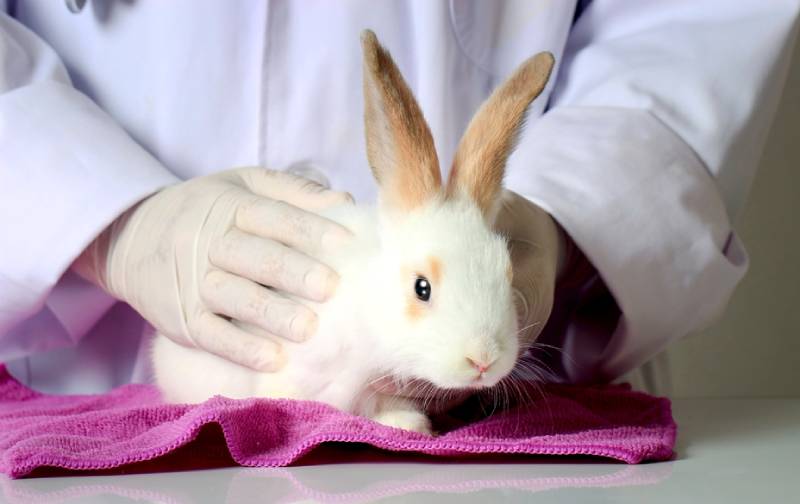
How to Help Prevent Your Rabbit From Developing Abscesses
Abscesses develop as a response to a local infection. By ensuring that your rabbit’s immune system is optimally functioning, they will better be able to fight infections off, and the chance of an abscess developing lessens. The first step is to make sure that your rabbit is properly fed.
They should have ample access to fresh hay, commercially derived pellets, and some fruits and veggies from the kitchen. Ample exercise is also important. Your rabbit should get out for some hopping and playing each day. Another crucial thing to keep in mind is that their habitat should be thoroughly cleaned and disinfected regularly. Never leave droppings and leftover food in their habitat.
Conclusion
Unfortunately, abscesses are common in rabbits. They can be painful and tough to treat, not to mention expensive. It’s important to take steps to minimize the risk of abscess development in the first place. It’s also a good idea to check for abscesses regularly as your rabbit ages.
Featured Image Credit: New Africa, Shutterstock


